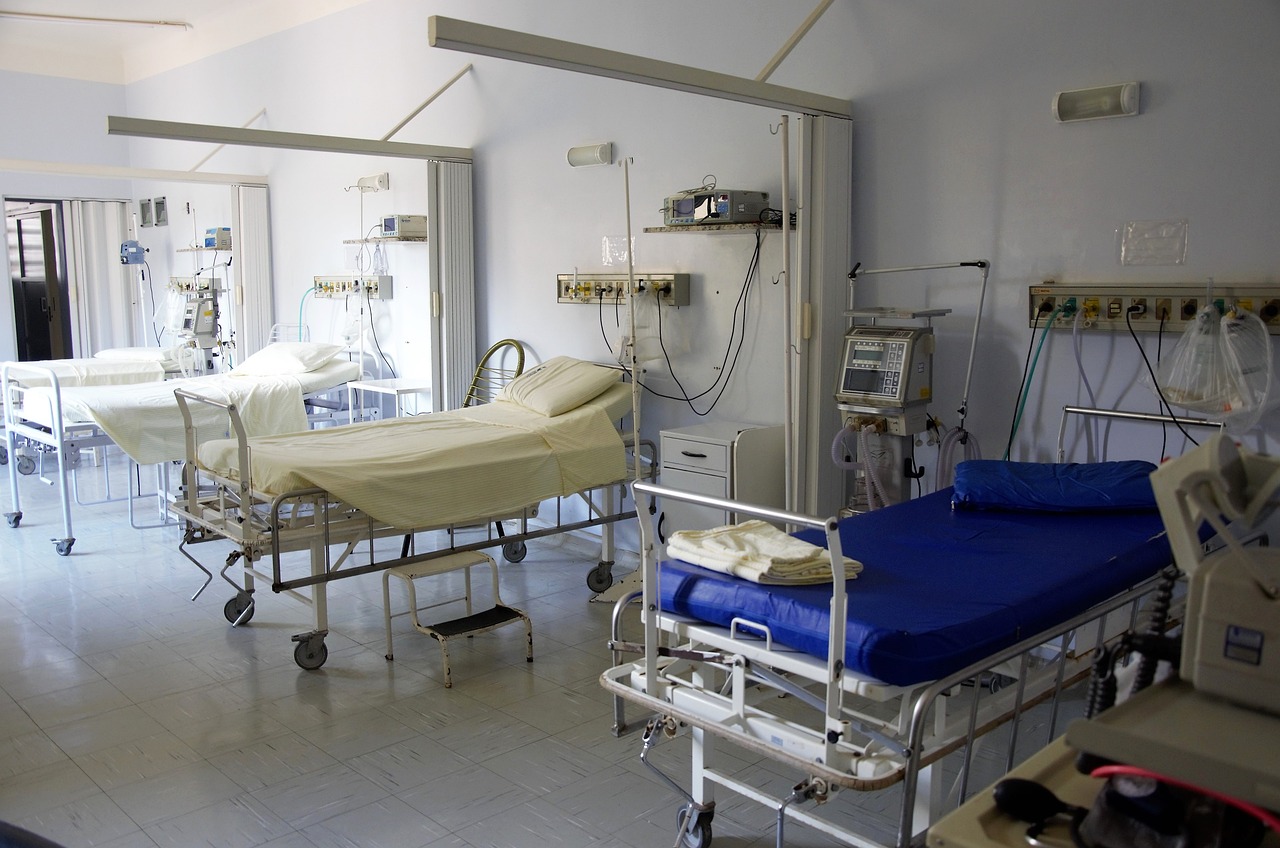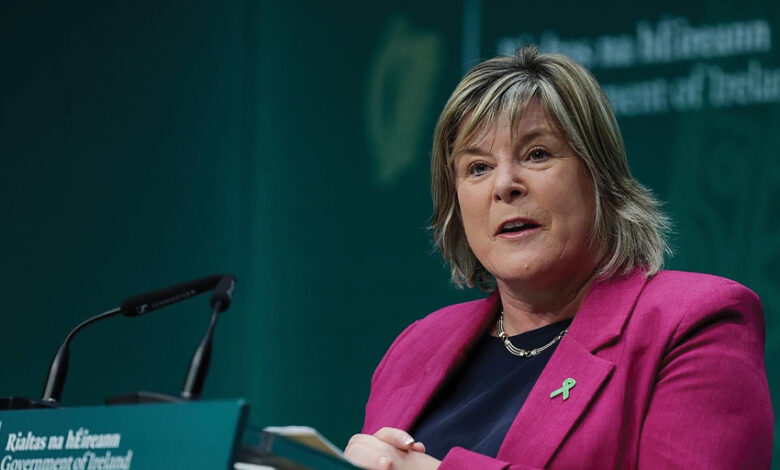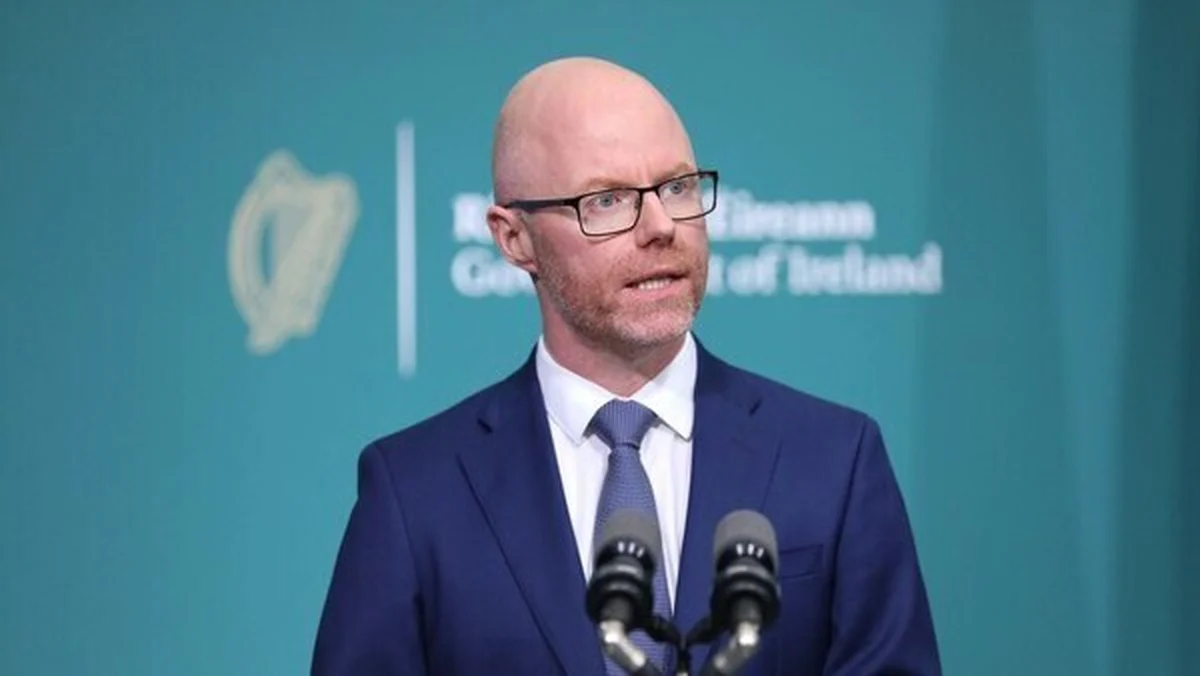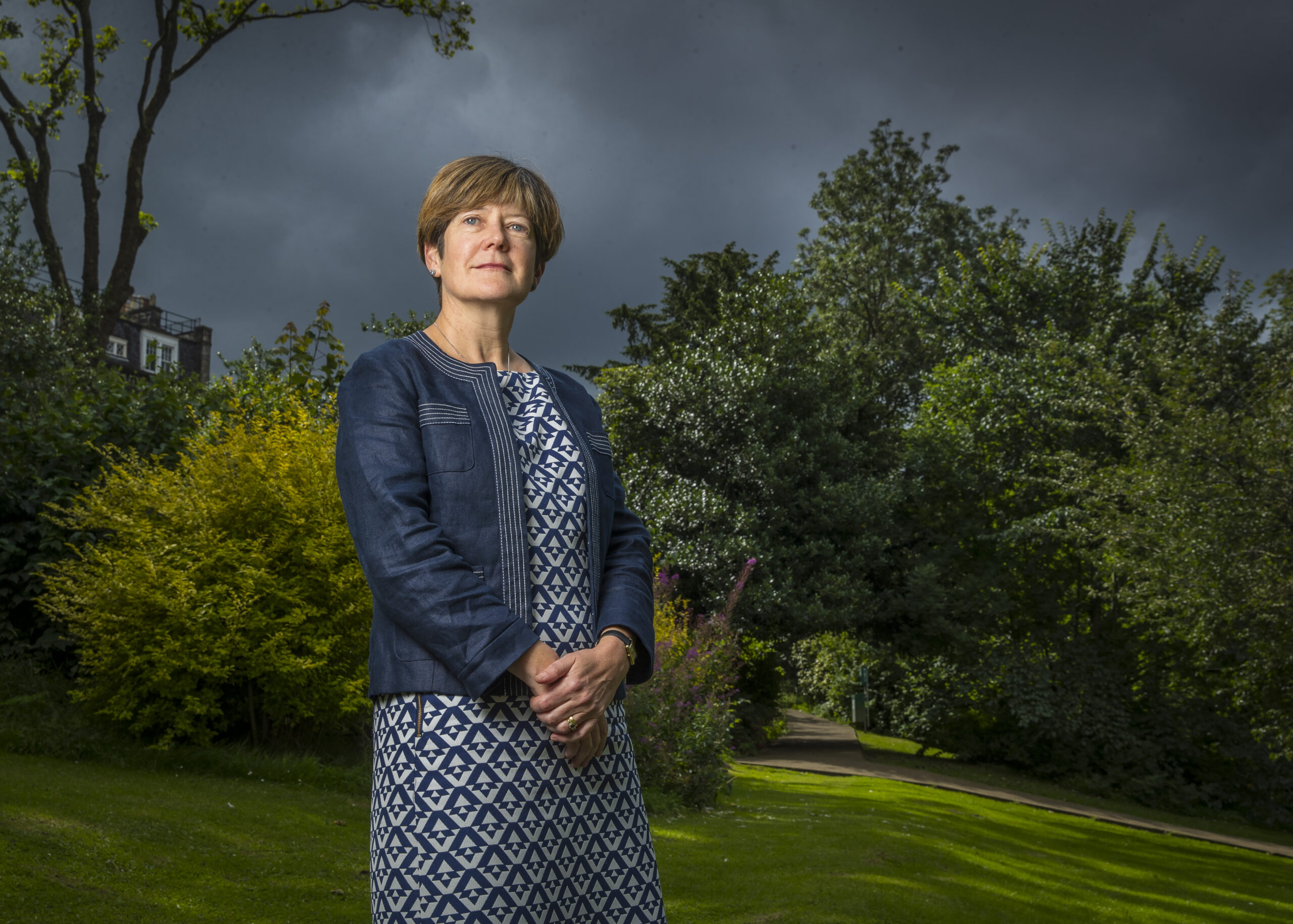Sláintecare Targets will Remain out of Reach without accelerated Capacity Expansion, say Consultants
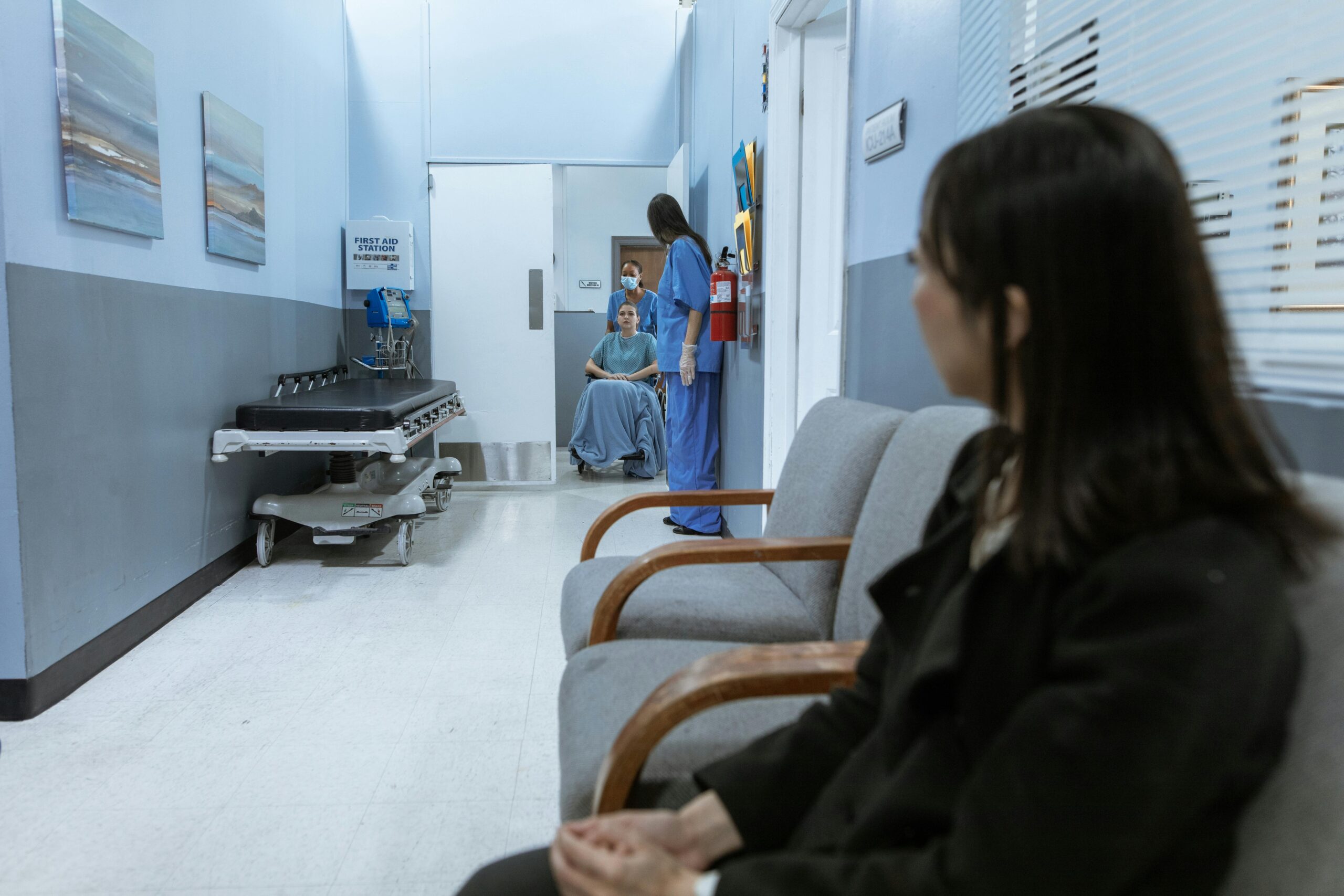
The Irish Hospital Consultants Association (IHCA) has called on the government to mark the seventh anniversary of Sláintecare this month by delivering long-promised additional acute hospital capacity in order to cut waiting lists.
Commenting as the National Treatment Purchase Fund (NTPF) released its figures for the end of April, the IHCA said that almost 902,000 people are currently on some form of NTPF waiting list. This is an increase of over 318,000 (55%) since the publication of the Sláintecare Report in May 2017. Today’s figures show that the total number of people on NTPF waiting lists has exceeded 900,000 for the first time since September 2022.
The government’s landmark plan, Sláintecare, pledged no one should wait more than 10 weeks for a hospital outpatient appointment. However, there are currently more than 406,500 people on an outpatient waiting list for longer than 10 weeks – or 69% of the total.
While the number of people waiting more than a year for an outpatient appointment has decreased by 7% (-8,100) since May 2017, the number of those waiting 18 months or longer has in fact increased by 8% (+3,900) over the same period.
Consultants have warned that the target maximum wait time of 12 weeks for inpatient procedures will also not be met within the remaining three years of the Sláintecare plan, given that 60% (51,800) of patients awaiting hospital treatment have been waiting beyond this target. At over 7,000, more patients are now waiting 18 months or longer for inpatient/day case treatment than in May 2017 – an increase of more than 900 (15%) over the past seven years.
Sláintecare also set a maximum wait time of just 10 days for diagnostic tests such as CTs, MRIs or Ultrasounds. Separate new HSE data reveals that 260,000 people were awaiting a diagnostic scan at the end of 2023, with 53,600 (21%) of these waiting more than a year for their tests.
The IHCA said credible, funded, time-bound plans are needed from the government to accelerate the opening of additional acute hospital capacity, with a minimum of 5,000 additional public hospital beds needed by 2030 – or more than 800 extra hospital beds each year for the next six years. This must start with the rapid delivery of the 1,500 acute beds the Minister for Health committed to open in 2023 and 2024, alongside the filling of the one in five Consultant posts that are vacant or filled on a temporary basis.
The Association said it is deeply disappointed to recently learn that the Department of Health and the HSE are planning to open just 300 of these 1,500 beds in Phase 1 of an as yet unannounced rapid build programme. In addition, just two of the promised six national surgical hubs are likely to be open by the end of year, with the four elective hospitals not due to receive their first patients before 2027 at the earliest – a full decade after plans for the new hospitals were announced under Sláintecare.
Commenting on today’s NTPF figures, IHCA Vice President Professor Gabrielle Colleran said “This month marks seven years since the Government launched Sláintecare, yet as we go well past the two-thirds point of this 10-year plan, we are faced with a health service, staff and patients who are yet to fully avail of the ambitious improvements promised, with only marginal improvements made to date.
“There has been a 55% increase in people waiting on some form of hospital list since the plan was launched in May 2017 – with 901,915 adults and children across the country in need of care, we fear things are moving in the wrong direction.
“The IHCA has for many years highlighted our concerns surrounding capacity deficits, delays in access to care and the urgency with which we need to recruit and retain Consultants. We have welcomed measures announced by the Minister for Health to address some of these issues, including the promised 1,500 rapid-build beds, the essential elective hospitals, and the long-awaited surgical hubs. However, we have yet to see any of these measures come to fruition. Our members, on behalf of their patients and themselves, consistently inform us of their frustration at the slow nature of the delivery of these initiatives.
“Even if the Sláintecare waiting list targets seem further away than ever, the Government must stay focused on delivering the required solutions and capacity that will enable us to provide timely care to patients in need. This includes fast-tracking the opening of long-promised additional acute hospital capacity and simultaneously filling the one in five Consultant posts that are vacant or filled on a temporary basis.”
HSE are planning to open just 300 of these 1,500 beds in Phase 1 of an as yet unannounced rapid build programme. In addition, just two of the promised six national surgical hubs are likely to be open by the end of the year, with the four elective hospitals not due to receive their first patients before 2027 at the earliest – a full decade after plans for the new hospitals were announced under Sláintecare.
(Source: IHCA)
You might also like
For relevant updates on Emergency Services news and events, subscribe to EmergencyServices.ie



